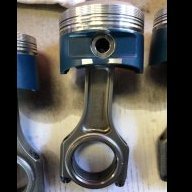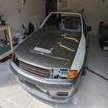Rb25/30 Dry Sump Advice
Announcements
-
Similar Content
-
Latest Posts
-
Be great to get some activity in this thread again.
-
Like the people who blow 5 stock boxes at 3k a hit when they could have bought a fully built box for 12k in the first place
-
You’ve already cracked a factory block, why would another factory block be any different
-
Buying local could also land you in the same scenario you're in now. Someone else just offloading their crap.
-
Spotted this clean R32 parked outside my office in Mascot , looks like afresh import still had Japanese tags on the windscreen . I asked around but no one knew who owed it. Might have been one of our clients or a contactor.
-








Recommended Posts
Create an account or sign in to comment
You need to be a member in order to leave a comment
Create an account
Sign up for a new account in our community. It's easy!
Register a new accountSign in
Already have an account? Sign in here.
Sign In Now